Masculine, Feminine: In 15 Acts (Masculin féminin: Quinze faits précis), dir. Jean-Luc Godard, France/Sweden 1966, French with English subtitles, 104 min.
Masculin féminin: Quinze faits précis (Masculine, Feminine: In 15 Acts, 1966) is exemplary of Godard’s creative process in that it metamorphosed out of a succession of unmade projects. These included a film about young people and politics, France la douce (Sweet France), and another about a right-wing woman and a left-wing man. Above all, it evolved out of his plans to adapt a Guy de Maupassant short story, 'Le Signe' (The Signal), on which he had already based his self-funded first short 16mm fiction film, Une femme coquette (d’après Maupassant) (A Flirtatious Woman (Based on Maupassant), (1956).
Godard toyed with the idea of remaking Une femme coquette with Anna Karina in 1963. The following year, producers Anatole Dauman and Martin Low proposed that he adapt an erotic short story by Maupassant or the Marquis de Sade. Their aim was to release this in the United States as part of a diptych with critic-turned-filmmaker Alexandre Astruc’s acclaimed Le Rideau cramoisi (The Crimson Curtain, 1953). Astruc had gone on to adapt Maupassant’s novel Une Vie (One Life), a film that Godard defended vigorously in the pages of Cahiers du cinéma in 1958.
Dauman acquired the rights to ‘Le Signe’ and considered releasing Godard’s new adaptation of it – to be titled Avec le sourire (With a Smile) – as half of a two-part feature with The Crimson Curtain, or alternatively with another new film by a different director (Roman Polanski was lined up to direct initially).
On the day Godard was due to start shooting, he cried off and proceeded to develop Alphaville (1965) and Pierrot le fou (1965) instead. Nonetheless, he continued to reflect on the Maupassant project, telling Dauman that he now wanted to make a film with Jean-Pierre Léaud devoted to new adventures of the Antoine Doinel character he had played in François Truffaut’s Les 400 coups (The Four Hundred Blows, 1958) and Antoine et Colette (1962). With this idea in mind, he got Dauman to secure the rights to a second Maupassant short story, ‘La Femme de Paul’ (Paul’s Mistress).
With these two Maupassant stories in mind, Godard intended initially to pursue the diptych idea, but to make both parts himself. However, he soon combined them into a single feature, to be titled La Femme de Paul, avec le sourire (Paul’s Mistress, with a Smile). Godard developed the script significantly over the ensuing months before finally shooting the film, now titled Masculin féminin, in November–December 1965. While the end result looks on the surface to be a long way from Maupassant, it is in fact deeply indebted to ‘La Femme de Paul’ in its characters, themes and narrative. Meanwhile, Godard’s interest in ‘Le Signe’ culminated in his next (and last) collaboration with Dauman, 2 ou 3 choses que je sais d’elle (Two or Three Things I Know About Her, 1966).
This screening will be introduced by Michael Witt.
Godard toyed with the idea of remaking Une femme coquette with Anna Karina in 1963. The following year, producers Anatole Dauman and Martin Low proposed that he adapt an erotic short story by Maupassant or the Marquis de Sade. Their aim was to release this in the United States as part of a diptych with critic-turned-filmmaker Alexandre Astruc’s acclaimed Le Rideau cramoisi (The Crimson Curtain, 1953). Astruc had gone on to adapt Maupassant’s novel Une Vie (One Life), a film that Godard defended vigorously in the pages of Cahiers du cinéma in 1958.
Dauman acquired the rights to ‘Le Signe’ and considered releasing Godard’s new adaptation of it – to be titled Avec le sourire (With a Smile) – as half of a two-part feature with The Crimson Curtain, or alternatively with another new film by a different director (Roman Polanski was lined up to direct initially).
On the day Godard was due to start shooting, he cried off and proceeded to develop Alphaville (1965) and Pierrot le fou (1965) instead. Nonetheless, he continued to reflect on the Maupassant project, telling Dauman that he now wanted to make a film with Jean-Pierre Léaud devoted to new adventures of the Antoine Doinel character he had played in François Truffaut’s Les 400 coups (The Four Hundred Blows, 1958) and Antoine et Colette (1962). With this idea in mind, he got Dauman to secure the rights to a second Maupassant short story, ‘La Femme de Paul’ (Paul’s Mistress).
With these two Maupassant stories in mind, Godard intended initially to pursue the diptych idea, but to make both parts himself. However, he soon combined them into a single feature, to be titled La Femme de Paul, avec le sourire (Paul’s Mistress, with a Smile). Godard developed the script significantly over the ensuing months before finally shooting the film, now titled Masculin féminin, in November–December 1965. While the end result looks on the surface to be a long way from Maupassant, it is in fact deeply indebted to ‘La Femme de Paul’ in its characters, themes and narrative. Meanwhile, Godard’s interest in ‘Le Signe’ culminated in his next (and last) collaboration with Dauman, 2 ou 3 choses que je sais d’elle (Two or Three Things I Know About Her, 1966).
This screening will be introduced by Michael Witt.
Programme
The Crimson Curtain (Le Rideau cramoisi), dir. Alexandre Astruc, 1953, 43 min
One Life (Une Vie), dir. Alexandre Astruc, 1958, 82 min
A Flirtatious Woman (Based on Maupassant) (Une femme coquette (d’après Maupassant)), dir. Jean-Luc Godard, 1956, 9 min
Masculine, Feminine: In 15 Acts (Masculin féminin: Quinze faits précis), dir, Jean-Luc Godard, 1966, 104 min.
The Crimson Curtain (Le Rideau cramoisi), dir. Alexandre Astruc, 1953, 43 min
One Life (Une Vie), dir. Alexandre Astruc, 1958, 82 min
A Flirtatious Woman (Based on Maupassant) (Une femme coquette (d’après Maupassant)), dir. Jean-Luc Godard, 1956, 9 min
Masculine, Feminine: In 15 Acts (Masculin féminin: Quinze faits précis), dir, Jean-Luc Godard, 1966, 104 min.
06:30 pm
Tue, 09 Dec 2025
Cinema 1
Ticket information
- All tickets that do not require ID (full price, disabled, income support) can be printed at home or stored in email
- For aged-based concession tickets (under 25, student) please bring relevant ID to collect at the front desk before the event.
Access information
Cinema 1
- Both our Cinemas have step free access from The Mall and are accessible by ramp
- We have 1 wheelchair allocated space with a seat for a companion
- All seats are hard back, have a crushed velvet feel and they do not recline
- These are our seat size dimensions: W 42 x D 45 x H 52
- Arm rest either side of the seat dimensions: L 27 x W 7 x H 20
for the following requirements:
- We have unassigned seating. If you require a specific seat, please reserve this in advance
- Free for visitors where ticket prices are a barrier, please email
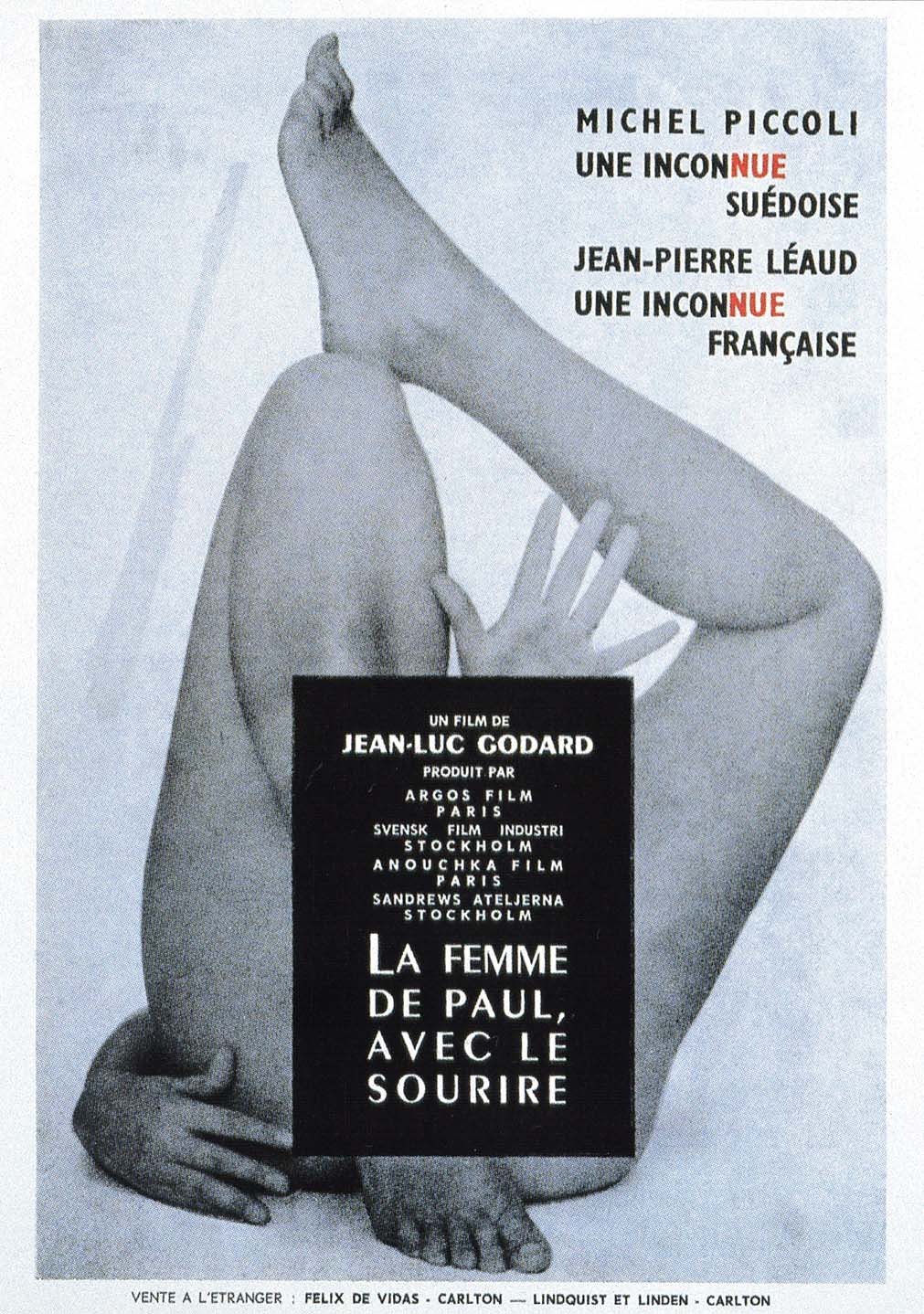
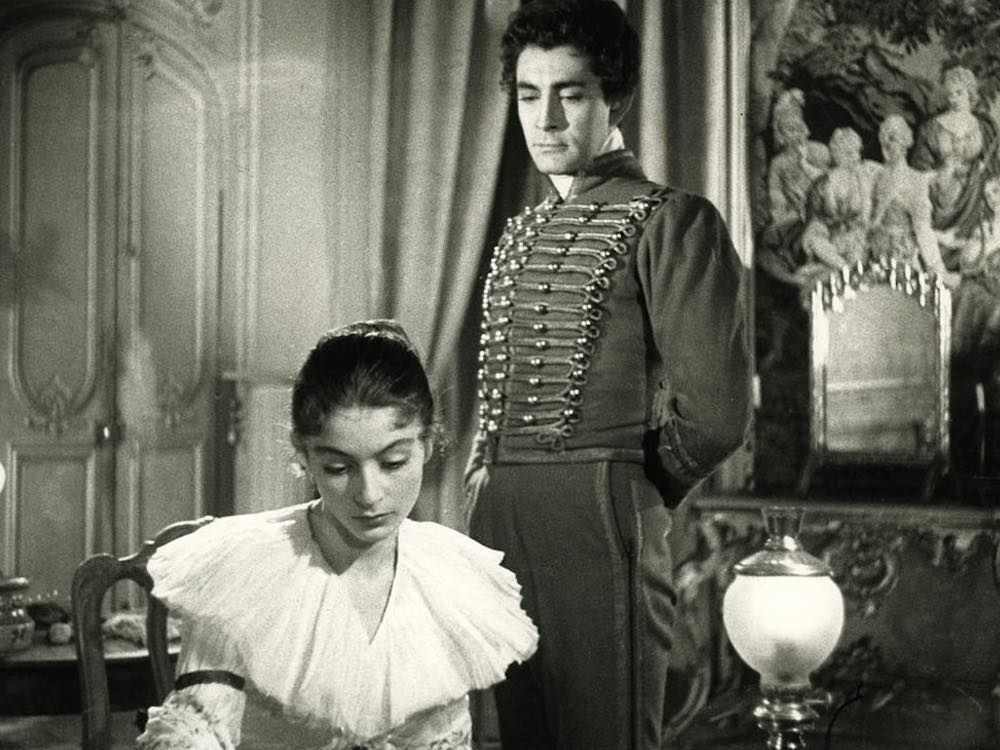
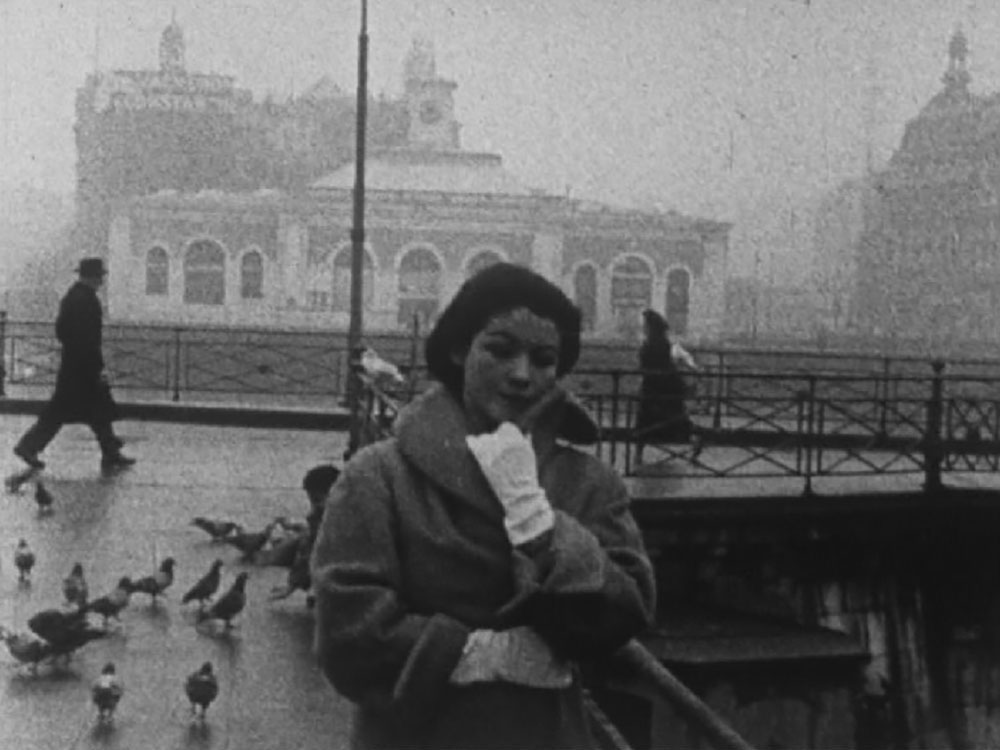
Members+ and all Patrons gain free entry to all cinema screenings, exhibitions, talks, and more.
Join today as a Member+ for £25/month.
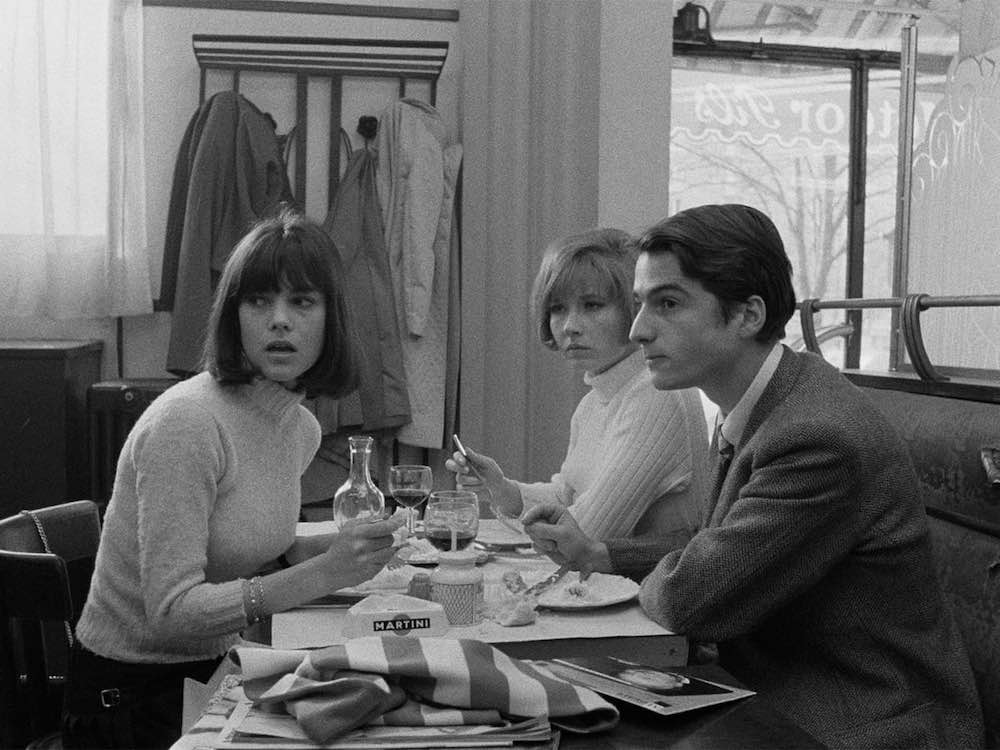
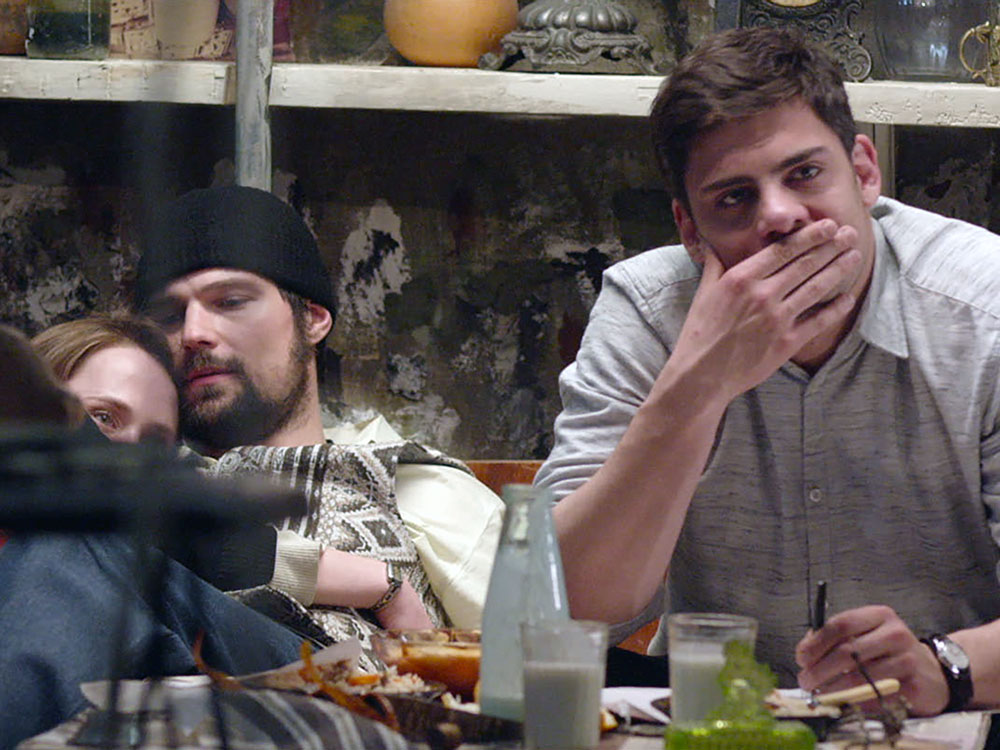









no. 236848.